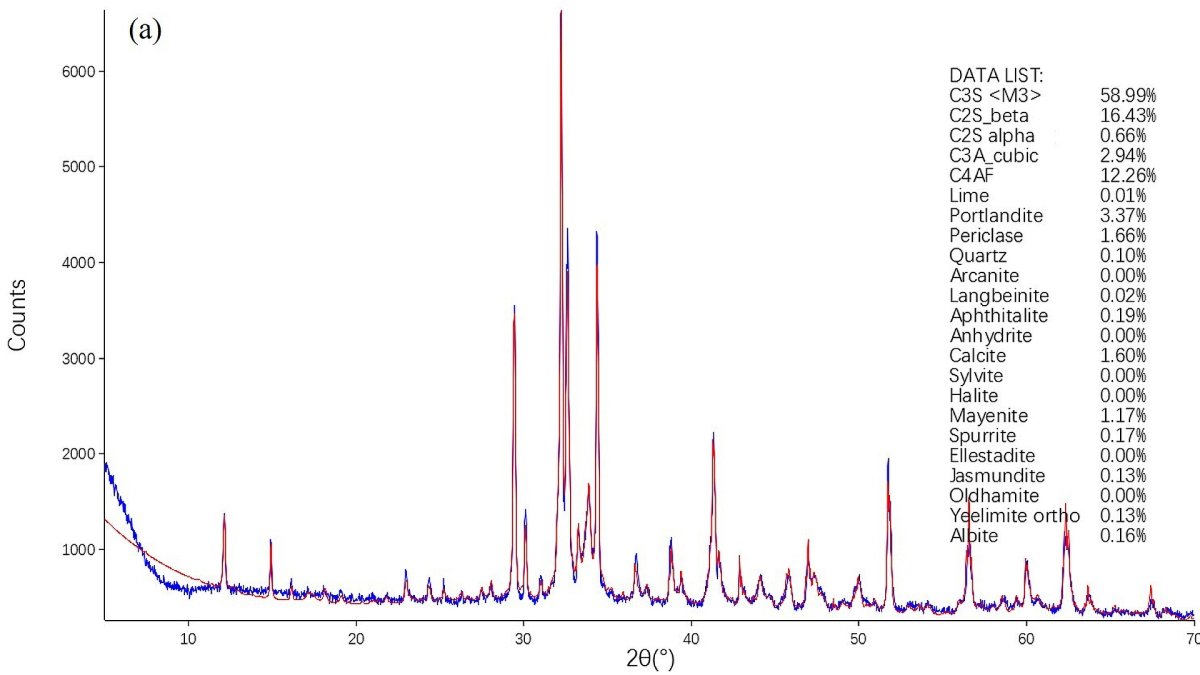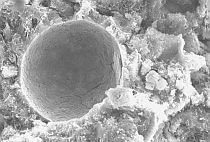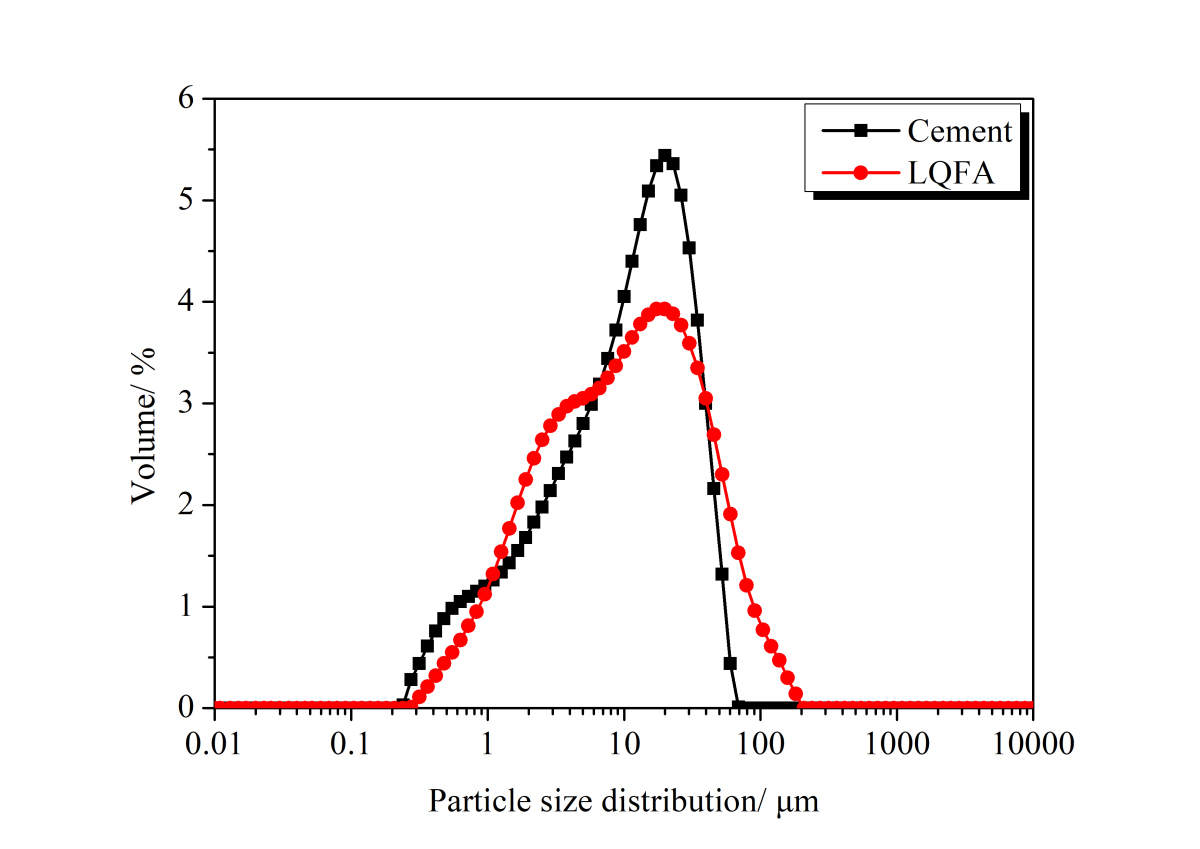A review of tertiary cementitious systems: Limestone and fly-ash-based composite cements
The purpose of this literature review is to assist the development of composite cements for better understanding of the state of the art of the use of Portland/limestone/fly-ash cement (PCC). In order to appreciate the environmental benefits of this product, the review was to distill, capture, and summarize the performance characteristics when Portland
Composite Cement is studied. In the finishing mill, the limestone portion is generally more finely ground than clinker, since it has a lower hardness. This results in a higher overall Blaine rating for the product, a typical broadening of the gradation, and a uniform distribution of the limestone particles, resulting in better particle packing. Note that even though the Blaine rating is typically higher, this does not mean that water demand is increased. Early hydration products nucleate on the limestone particles. Additional hydration products above and beyond the calcium-silicates, i.e. carbo-aluminates, form due to reactions between limestone and aluminates, and can provide a synergistic effect when used with supplementary cementitious materials such as fly ash and slag cement. The finishability of concretes made with PLC may be improved due to the improvement in the overall particle packing.
1 Introduction
The construction industry is one of the largest sources of GHG emissions. Around the world, more concrete is used than any other material. About 10 billion t of concrete are laid each year [1-2], with demand expected to rise even further, especially in the developing countries. The production of this enormous quantity of concrete results in a huge environmental impact, primarily due to the cement consumed. The production of one ton (907.185 kg) of Portland cement emits on average 0.87 t of CO2 [3], and the cement industry is thus responsible for around 7% of total current global...







